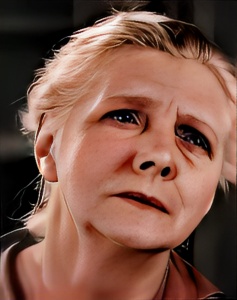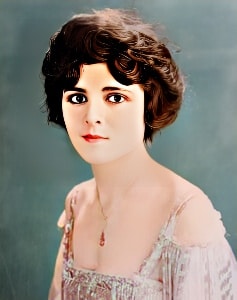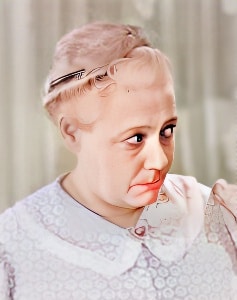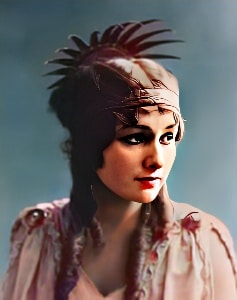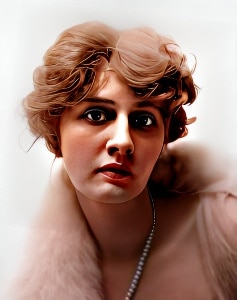 Gertrude McCoy, born on June 30, 1890, in Sugar Valley, Pennsylvania, was a prominent actress during the early days of silent cinema.
Gertrude McCoy, born on June 30, 1890, in Sugar Valley, Pennsylvania, was a prominent actress during the early days of silent cinema.
With a career that spanned the formative years of the film industry, McCoy made her mark as a talented performer in both dramatic and comedic roles. Her contribution to cinema, which included an appearance in the 1918 film “ The Blue Bird,” left an enduring legacy in the annals of film history.
McCoy’s journey into the world of entertainment began in the theater, where she honed her acting skills and gained valuable experience. Her transition to silent films was a natural progression, as the burgeoning motion picture industry was constantly seeking new talent. In 1910, she made her film debut in the short silent film “For Her Brother’s Sake,” marking the beginning of her cinematic career.
“ The Blue Bird” (1918), directed by Maurice Tourneur, was a significant film in McCoy’s filmography. Based on the play by Maurice Maeterlinck, the story is a fairy tale that takes viewers on a fantastical journey. McCoy played the role of Light in the film, a personification of a celestial being. Her ethereal performance added a touch of magic and enchantment to the narrative, aligning with the film’s exploration of philosophical and metaphysical themes.
The film is renowned not only for its storytelling but also for its groundbreaking visual effects and production design. The creative team, including cinematographer John van den Broek and art director Ben Carré, crafted a visually stunning world filled with elaborate sets and intricate costumes. McCoy’s portrayal of Light contributed to the film’s overall sense of wonder and enchantment.
Throughout her career, McCoy showcased her versatility as an actress, successfully transitioning from dramatic roles to comedy. She starred in a series of comedies directed by Thomas H. Ince, alongside notable actors like Charles Ray. Her comedic timing and ability to evoke laughter endeared her to audiences, and she became a popular figure in silent comedy.
In addition to her work in front of the camera, McCoy was also known for her contribution to the war effort during World War I. She volunteered her time to entertain troops, a gesture that was widely recognized and appreciated by the servicemen.
While her film career thrived during the silent era, McCoy faced the challenges of transitioning to sound cinema, a pivotal moment in the industry’s history. Many silent film stars struggled to adapt to the new medium, and McCoy, like others of her time, found it challenging to make the shift successfully.
As the film industry evolved, McCoy’s presence in the spotlight waned, and she eventually retired from acting. She had been a part of the golden era of silent cinema, leaving an indelible mark on the history of film.
Gertrude McCoy’s legacy endures in the annals of early cinema. Her work in both dramatic and comedic roles, as well as her ethereal performance in “ The Blue Bird,” has solidified her place in the history of silent film. While her time in the spotlight was relatively brief compared to some of her contemporaries, McCoy’s contributions remain a testament to the artistry and creativity of early cinema and continue to captivate audiences interested in the golden age of film.
Loading live eBay listings...

